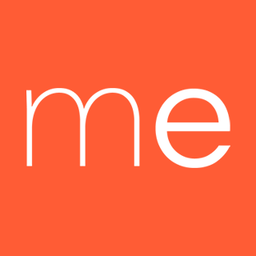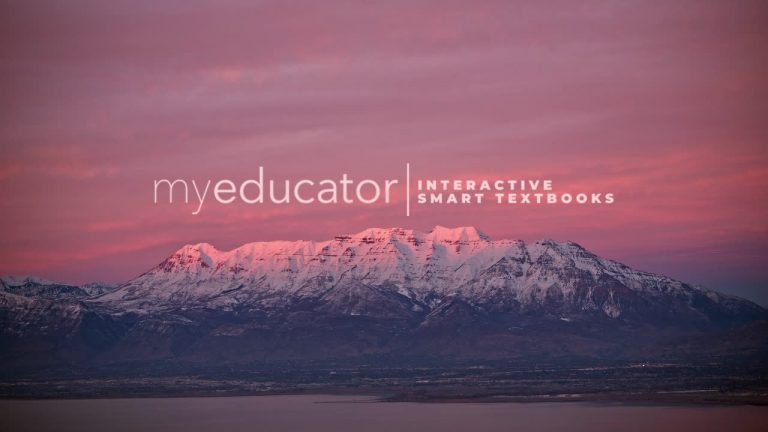Dan Holland: Building Creative Confidence in the Classroom
Dr. Dan Holland is a professor of entrepreneurship and strategy at the Jon M. Huntsman School of Business at Utah State University. In 2016, he donned an outlandish outfit and led a lively session on helping teachers increase their creative confidence. He invited educators to reflect on their assumptions and cognitive biases and explore how they can build creativity in themselves and their students by breaking out of their mental boxes.
EmpowerEd Teaching YouTube Channel: Creative Confidence in the Classroom
Breaking Down “The Box”
We all know the idiom “thinking outside the box.” But what exactly is “the box”? According to Dr. Holland, the box represents the norms, assumptions, beliefs, and past experiences that constrain our thinking and creativity.
What Keeps Us in the Box, and Tools to Break Free
Dr. Holland identifies seven common forces that keep people stuck in the box:
1. Fear of failure.
When we are in the box, we blend in and feel safe. Acting outside of the box means taking risks and being noticed, which can be scary. For students, raising a hand to make a comment or ask a question can feel risky when they fear judgment from their peers.
Tools to Break Free:
- Find joy in creation: Focus on creating rather than worrying about how others will judge the work.
- Set healthy expectations: Accept that mistakes are a natural part of learning. When we learn a new sport, for example, we expect to fail at first and don’t judge ourselves too harshly for it. The same principle should be applied to experimentation in the classroom. As Dr. Holland says, “The great thing about teaching is we get immediate feedback, and we try something else next time.”
- Practice failing: The best way to overcome our fear of failure is to practice failing. Dr. Holland has his students do what he calls a “failure resume,” where students document failures in school, personal life, or creative projects and discuss lessons learned.
2. Past experience.
For teachers with years of experience, it’s natural to default to what has worked in the past. However, past success can sometimes create blind spots. What was effective in one time or context may not meet the needs of today’s students.
Tools to Break Free:
- Empathize with students: Put yourself in their desks (literally!). Observe and reflect on student behavior in class. Dr. Holland recommends sitting in another teacher’s classroom and watching students, noting engagement, body language, and reactions.
- Challenge assumptions: Recognize that your experience may be outdated. Ask yourself, How could this work differently? and experiment with alternative approaches.
3. Overreliance on logic and “rules.”
Teachers may feel pressure to stick with what seems logical or to follow established patterns, e.g., lectures, PowerPoints, assignments that look a certain way.
Tools to Break Free:
- Challenge every assumption: Take standard expectations and invert them. For example, when designing a restaurant, reverse all assumptions: no menu, no waiter, no host. Brainstorm alternatives.
- Experiment in teaching: Ask yourself, If I don’t use PowerPoint, what could I do? If I don’t lecture in this way, what could I do? If I don’t use this assignment, what might I try instead?
4. Belief in only one right answer.
Many classrooms reinforce the idea that problems have just one solution—or we accept the first good answer even though it may not be a great solution. Dr. Holland argues instead that creativity is a numbers game: the more ideas you generate, the greater the chance of producing one or two genuinely great ideas.
Tools to Break Free:
- Generate and explore a lot of ideas: Understand that it is an iterative process. Try something; if it works, you learn from it: what was good and what wasn’t. You do something else to improve it. Reframe the questions. Learn from trial and error.
- Seek feedback and improve: Be open to pivoting in new directions based on feedback—positive or negative.
5. The myth of “I am not creative.”
Many assume creativity is an innate talent, but research shows that two-thirds of creative ability is learned.
Tools to Break Free:
- Practice: Read books and try exercises designed to build creative thinking skills. Dr. Holland emphasizes that passion and consistent practice matter more than innate talent.
6. Comfort in the box.
The box simply feels safe. Norms, constraints, and assumptions are familiar, so why make a change?
Tools to Break Free:
- Remember the joy of creativity: Dr. Holland asks teachers to reflect on times they experienced “pure joy from creating,” even if it’s something little.
- Take calculated risks: Encourage students to experiment in a safe, supportive environment.
7. The fear of “stealing” ideas.
Another force that keeps us stuck is thinking that borrowing or adapting others’ ideas is “cheating.” This mindset prevents collaboration and stifles creativity. In reality, nearly all ideas are built on some other idea.
Tools to Break Free:
- Normalize idea-borrowing: Draw inspiration from other cultures, industries, and disciplines.
- Form support groups: Work with other teachers to network, brainstorm, and share ideas. Have colleagues observe one another and provide constructive feedback.
A Challenge to Educators
Dr. Holland closes his session with a parting challenge: “pick one area that you are really going to focus on and improve in your creativity. To break down that box and try to come up with ways to make your teaching more effective.” He concludes, “I hope you can go out and change the world. We do that by teaching, and I know that if we take our ideas and build on them and cultivate them, we will become better teachers.”
Dr. Holland’s MyEducator Courses
Dr. Holland received his PhD in entrepreneurship and entrepreneurial studies from Indiana University, following an MBA and a bachelor’s degree in engineering from BYU. His research focuses on entrepreneurial decision-making, ethics, creativity, and pedagogy.
Outside the classroom, Dr. Holland has collaborated with other experts to create two MyEducator resources, Introduction to Management and Strategic Management. These resources cover the fundamentals and then ask students to apply what they’ve learned in real-life scenarios.








